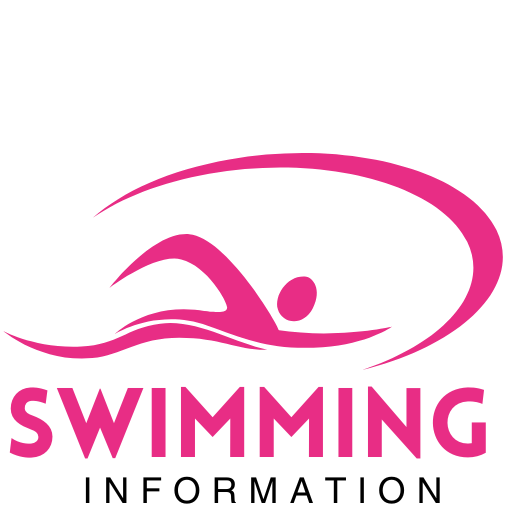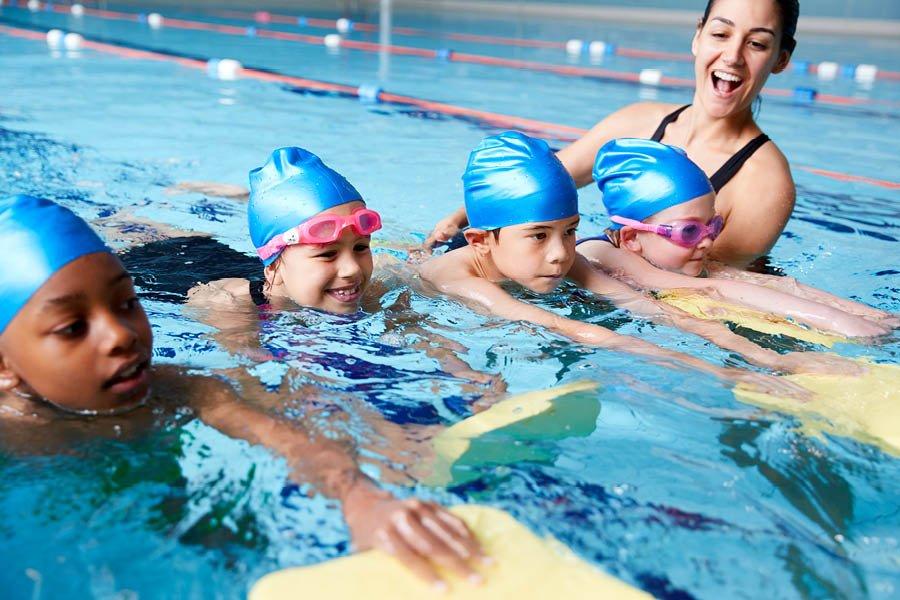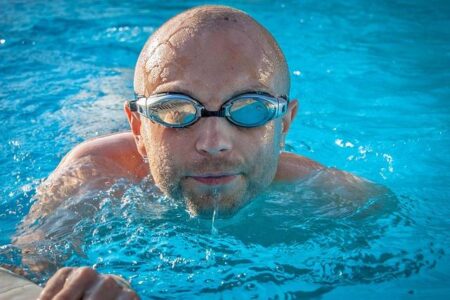Recent studies and expert insights highlight the growing recognition of swimming lessons as a beneficial activity for children diagnosed with Attention Deficit Hyperactivity Disorder (ADHD). Beyond being a popular recreational sport, swimming offers unique physical and cognitive advantages that can help manage symptoms associated with ADHD. As parents and educators seek effective strategies to support children’s development, the therapeutic potential of swimming is gaining attention in both medical and educational communities. This article explores the reasons why swimming lessons are increasingly recommended for kids with ADHD and how this aquatic activity contributes to improved focus, behavior, and overall well-being.
The Role of Swimming in Enhancing Focus and Reducing Hyperactivity in Children with ADHD
Swimming serves as a powerful therapeutic activity for children diagnosed with ADHD, offering them a structured yet enjoyable way to channel their energy positively. The repetitive, rhythmic nature of swimming strokes helps improve *neural pathways* associated with attention regulation. As kids focus on coordinating their movements and controlling their breathing, their brains engage in a form of active meditation, which can lead to enhanced concentration levels. Moreover, the calming effect of water combined with the physical exertion helps temper hyperactive impulses, allowing children to experience increased self-control both in and out of the pool.
Several benefits stand out when analyzing the impact of swimming on children with ADHD:
- Improved motor skills: Coordination and balance are strengthened.
- Increased dopamine production: Essential for mood and focus regulation.
- Stress relief: Pools provide a sensory-friendly environment reducing anxiety.
- Social interaction: Group lessons encourage communication and teamwork.
| Benefit | Effect on ADHD Symptoms |
|---|---|
| Structured Routine | Enhances predictability, aiding focus |
| Physical Outlet | Reduces restlessness and hyperactivity |
| Breath Control | Promotes relaxation and calmness |
| Positive Reinforcement | Builds self-esteem and motivation |
How Structured Swimming Lessons Promote Discipline and Social Skills
Swimming lessons are meticulously designed to cultivate a sense of responsibility and focus in children, especially those with ADHD. Through routine drills and clear expectations, young swimmers learn to follow instructions closely, enhancing their ability to self-regulate. The consistent structure not only stabilizes their daily activities but also nurtures goal-setting habits, helping them understand progress through measurable milestones like mastering a new stroke or increasing lap counts. This predictable environment breeds confidence and a disciplined mindset that extends beyond the pool.
Beyond individual improvement, swimming lessons offer a vibrant social playground where kids build essential interpersonal skills. Interaction during group classes encourages communication, cooperation, and empathy as children navigate shared challenges and celebrate collective successes. Key social benefits include:
- Teamwork: Partner exercises and relay races teach the value of collaboration.
- Conflict Resolution: Navigating poolside disagreements promotes problem-solving skills.
- Respect for Rules: Adhering to safety protocols encourages accountability to peers and instructors.
| Skills Developed | Benefit to Kids with ADHD |
|---|---|
| Listening & Following Directions | Improves attention span and reduces impulsivity |
| Peer Interaction | Enhances social adaptability and emotional regulation |
| Consistent Routines | Provides stability and predictability |
Expert Tips for Choosing the Right Swimming Program for Kids with ADHD
When selecting a swimming program tailored for children with ADHD, consider environments that emphasize structured routines and clear instructions. Programs with smaller class sizes often provide the personalized attention necessary for kids who may struggle to stay focused in larger groups. Look for instructors trained in working with neurodiverse children, as their understanding of ADHD can help them adapt techniques and offer encouragement that boosts confidence and engagement.
It’s also crucial to prioritize programs that integrate multisensory learning approaches-combining visual cues, verbal prompts, and physical demonstrations to keep participants actively engaged. Additionally, flexible scheduling options allow kids to attend sessions at times when they are mentally and physically more receptive, enhancing retention and skill development. Below is a quick comparison table highlighting key features to look for in a swimming program for kids with ADHD:
| Feature | Benefits for ADHD Kids | What to Ask |
|---|---|---|
| Class Size | More individual attention & less distraction | How many students per instructor? |
| Instructor Training | Adapted teaching strategies | Are instructors experienced with ADHD? |
| Routine & Structure | Helps focus and predictability | Is the lesson plan consistent each week? |
| Teaching Style | Engages multiple senses | Do they use visual and physical cues? |
To Conclude
In conclusion, swimming lessons offer more than just a chance for physical activity-they provide children with ADHD a structured environment that can enhance focus, build confidence, and improve social skills. As awareness grows about the unique benefits aquatic programs can deliver, educators and parents alike are encouraged to consider swimming as a valuable tool in supporting children with ADHD. Continued research and investment in accessible swimming lessons may well pave the way for improved outcomes and quality of life for these kids.





